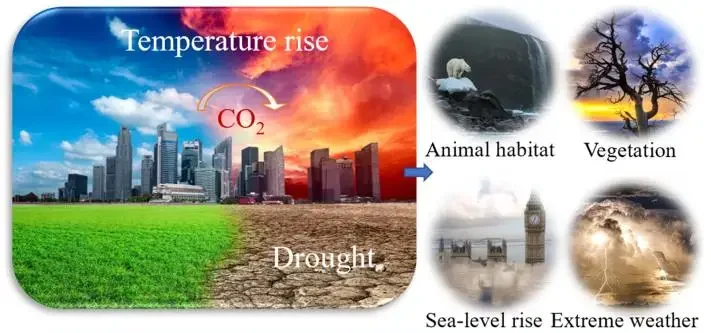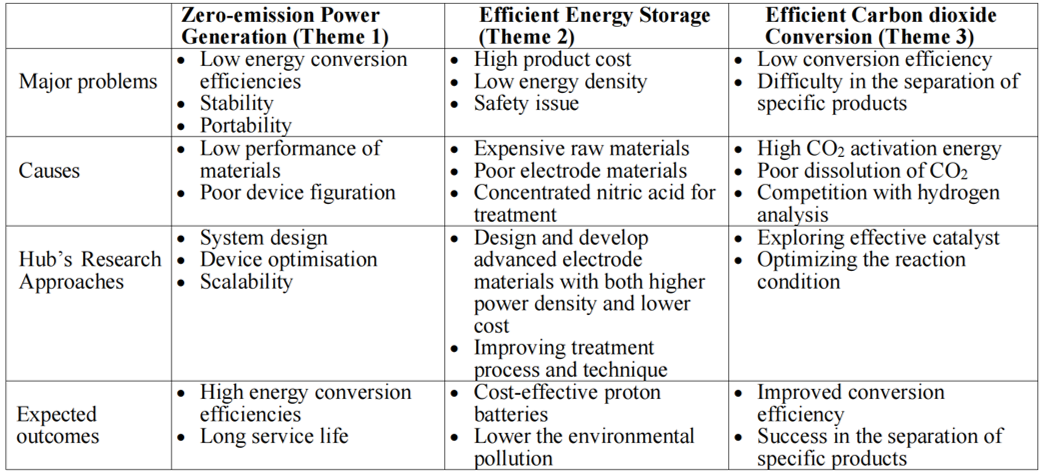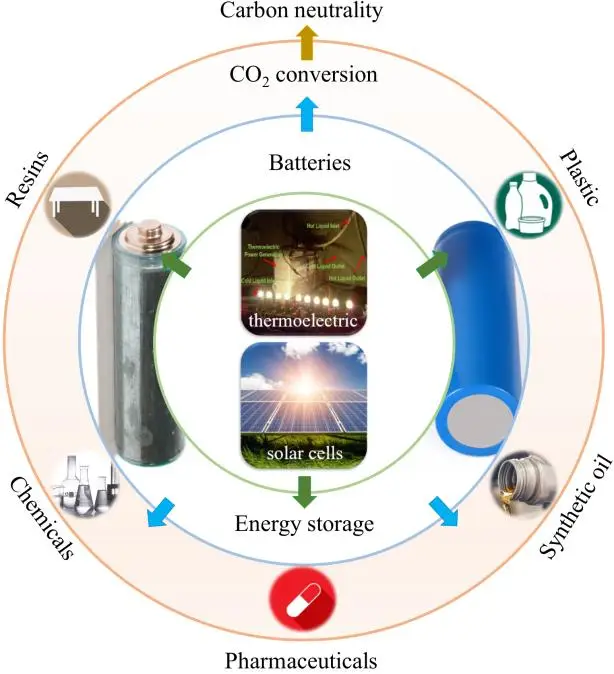WHY ZEROPC
Carbon is a natural resource derived from oil, coal, and wood. The increasing consumption of carbon resources produces more carbon dioxide (CO2), a direct contributor to global climate change. Climate change is considerably affecting people’s way of life, bringing various problems such as glacial melting and environmental degradation.
To address climate change, the realisation of carbon neutrality/negativity is urgent. Carbon neutrality refers to the state of net-zero CO2 emissions. By actions such as exploring renewable energy to replace fossil fuels, afforestation, energy conservation, and emission reduction, it can offset its own CO2 or greenhouse gas emissions and in turn achieve relatively “zero emissions”.

Advances in sustainable energy conversion and storage technologies, including thermoelectric generators, solar cells, solar fuels, and environmentally-friendly batteries, have gained tremendous pace in the last decades. The combination of these advanced energy conversion and storage technologies is a promising and continuous way to convert the emitted CO2, which enables “real” carbon neutrality. However, there remain several issues and – critically – opportunities where Australian research and industry can play a major role.


The frontier
CO2 utilisation is a fledgling industry, but globally is expected to reach up to US$1 trillion by 2030.
Three major scientific hurdles challenge the viability of the technology:
- low carbon and energy efficiencies
- low selectivity for producing higher-value chemicals
- poor durability of equipment


